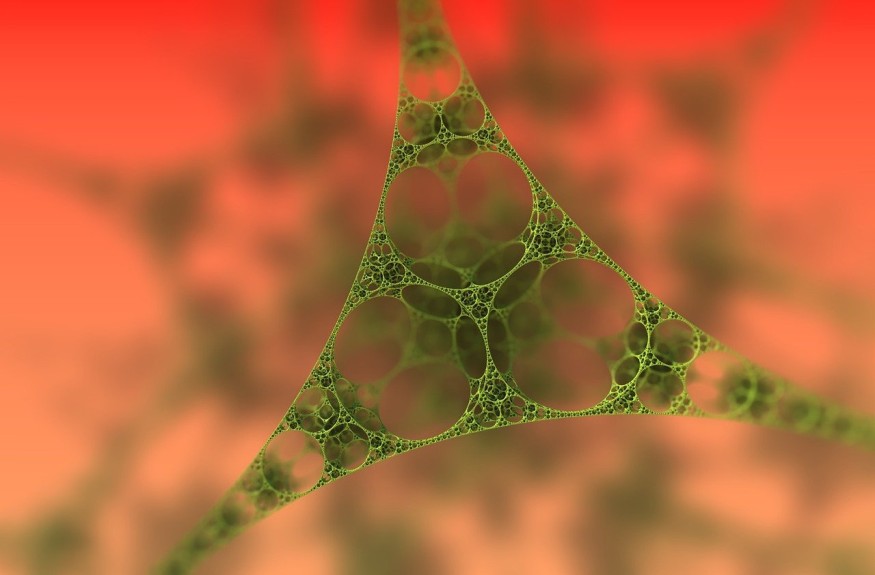Scientists from the King Abdullah University of Science and Technology (KAUST) have innovated metal-organic frameworks (MOFs) design, drawing inspiration from ancient architecture, to optimize its performance, particularly in gas separation and medicine.

How Ancient Architecture Inspired Formation of MOFs
In the study, titled "Face-directed assembly of tailored isoreticular MOFs using centring structure-directing agents" published in Nature Synthesis, KAU researchers guided the formation of MOFs using a molecular version of architectural arch-forming templates known as "centering formwork," producing nanoscale windows of predetermined shapes and sizes.
These newly engineered MOFs cover a spectrum, ranging from those with narrow windows suitable for gas separation to structures with larger windows, demonstrating potential for medical applications due to their exceptional oxygen adsorption capacity.
Aleksandr Sapianik, a postdoctoral researcher in Mohamed Eddaoudi's team, highlights the challenge of achieving precise control over structure formation in novel designs. The centering formwork concept addresses this challenge effectively, particularly in reticular chemistry, where molecular building blocks are assembled into porous crystalline materials such as MOFs.
The research began with a zeolite-like MOF (ZMOF), typically characterized by pentagonal windows framed by supertetrahedra (ST) building blocks. Their objective was to manipulate the arrangement of ST units, leading to the creation of a novel topology not previously observed with these building blocks.
To accomplish this, the team developed centering structure-directing agents (cSDAs) designed to regulate the alignment of ST units. One set of cSDAs was engineered to narrow the angle between adjacent ST units, resulting in the formation of smaller windows. Conversely, another set of cSDAs was tailored to widen the angle between ST units, yielding larger windows.
Applications for the New Nanoscale Windows in MOFs
Marina Barsukova, another postdoctoral researcher in Eddaoudi's team, underscores the importance of MOF pore size and volume in their practical utility.
One of their designed MOFs, Fe-sod-ZMOF-320, stands out for its larger windows, exhibiting the highest oxygen adsorption capacity among all known MOFs. This characteristic holds immense significance in industries such as medicine and aerospace, where it has the potential to improve oxygen storage in cylinders or facilitate the use of smaller, more portable cylinders.
Furthermore, these identical ZMOFs displayed potential for the storage of methane and hydrogen, both of which are prospective fuel sources. Furthermore, other ZMOFs within this category, distinguished by their narrower windows, demonstrated promise in the separation of molecular mixtures.
Vincent Guillerm, a research scientist in Eddaoudi's team, highlights the benefits of the cSDA concept in improving MOF performance, including subdividing larger windows into smaller ones for potential use in chemical separations. Additionally, it offers increased internal pore surface area, potentially enhancing gas storage capacity, and reinforces the MOF framework, contributing to material stability.
Eddaoudi emphasizes the importance of the centering approach they've pioneered within the field of reticular chemistry. He underscores its potential for tailoring MOFs to particular applications in energy security and environmental sustainability, highlighting its versatility as a strategy for crafting bespoke MOFs.
RELATED ARTICLE: Mapping Electron Flow Around Sharp Bends Can Lead to the Development of Nanoscale Devices Inspired by Airplane Wings
Check out more news and information on Nanotechnology in Science Times.
© 2025 ScienceTimes.com All rights reserved. Do not reproduce without permission. The window to the world of Science Times.












